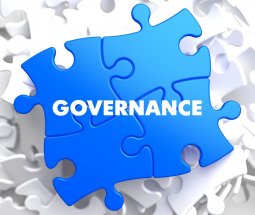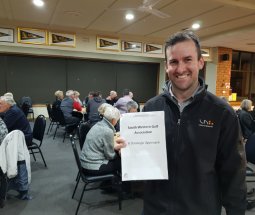Conducting Meetings
Well planned meetings are the secret of a successful Committee. The ability to engage the Committee ensure that their valuable time is well utilized, and that everyone is informed requires a good Chair and procedures for before, during and after meetings.
Remember that most club personnel are volunteers and many are time poor, so do not call a meeting:
- To explain something to one person
- When a memo or report could as effectively be distributed
- To address relatively minor issues – give someone the responsibility to make a decision
- To solve a problem for an individual when the person concerned could make the decision
- When an email could be sent inviting people’s approval or comments. Stipulate a reasonable ‘reply by’ date after which you will proceed even if not all members reply.
Purpose of Meetings
The primary reason for holding meetings is to allow the Committee to make decisions. However, meetings also serve a range of other important functions:
- Committee members are regularly brought together to focus on their roles and responsibilities, identify problems and plan for the future.
- Members are encouraged and motivated.
- Ideas are shared and discussed and then discarded, improved or implemented.
- Tasks are allocated and reported on.
- Regular updates about relevant issues are provided.
- Members can get to know each other, professionally and personally.
Committee members will be involved in a range of meetings during their term. This help sheet primarily discusses ordinary meetings, but other meetings include:
- Annual General Meetings (used to recap on the year's progress, chart a direction for the future and elect new members or office bearers).
- Extraordinary Meetings (held between general meetings when urgent decisions need to be made).
- Committee Meetings (held regularly or as the need arises to consider particular issues).
- Retreats (held away from the clubroom, often for a full day or weekend, and designed to allow Committee members to take part in deeper discussions or planning.
Meeting Structure
As mentioned above, meetings can vary markedly from Committee to Committee. Some are quite formal, adhering to strictly defined rules and ensuring all members are addressed by their correct titles ("President Smith," "Madam Chair," and so on). Others are far less formal – usually it will depend on the make-up and function of the Committee, how it was set up and how it has evolved.
- Meetings can be held in a clubroom, or in a more social setting such as a member's house or even a local restaurant.
- Decisions may be made through a range of means, by formal voting or a more informal show of hands or verbal agreement.
- Some meetings are held behind closed doors and are subject to strict rules of confidentiality; others are fully open to the public. Even open meetings may sometimes move into confidential mode, asking observers to leave while certain sensitive issues are discussed.

.jpg)

